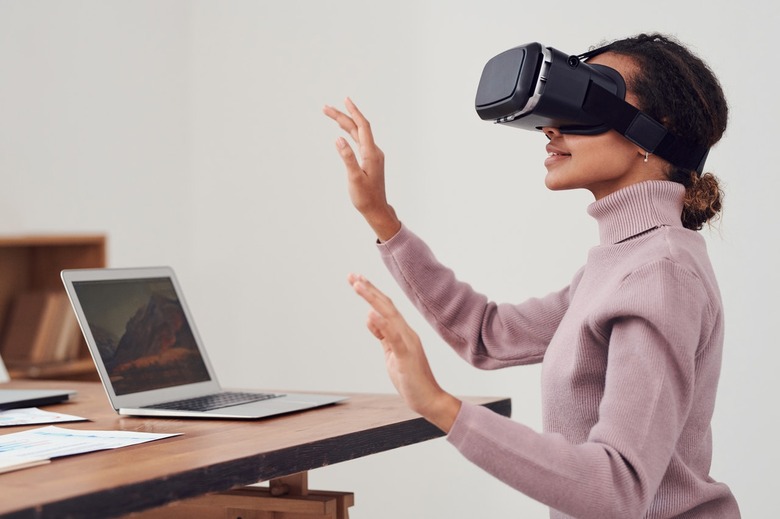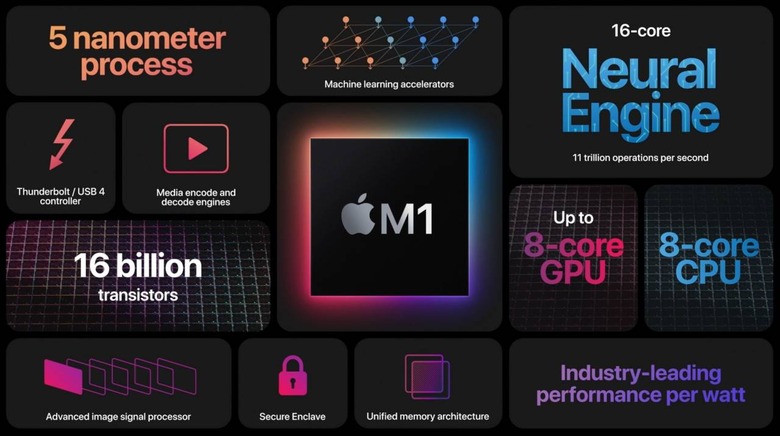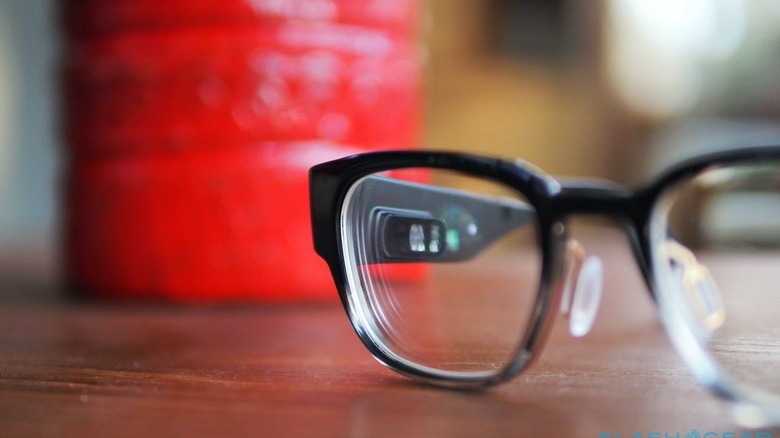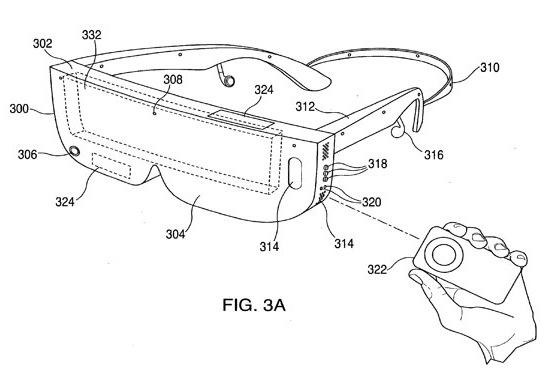Apple VR Headset Ongoing Developments And Things To Know
Apple has been chasing after augmented reality and virtual reality for almost a decade now, hoping to come up with a commercially feasible product that changes the way we interact with our devices and the world around us in more ways than one. The Cupertino giant planned to launch the combined VR/AR headset in 2020, but in late 2019 it was announced that the launch will be delayed to 2022 as the then developed prototype didn't meet the quality standards at Apple – mainly due to its bulky size.
Now, according to reports, the Apple VR headset is on track for 2022 launch with the AR glasses to follow in 2023. The current prototype VR headset is one of the major focus areas for the company as more than 1,000 people are currently working on this project along with the glasses project. That truly shows Apple's commitment to its VR/AR headset dream and the resources they are willing to employ to achieve it.
Apple VR headset - codenamed “N301”
The Apple VR headset codenamed N301 is currently in development behind closed doors and will be a much pricier product compared to the likes of Oculus Quest, HTC Vive, or PlayStation VR. It is predicted that the battery-operated Apple headset will be slightly heavier than both of them, and also costlier – somewhere in the region of $300 – $900 higher than the cost of the competitive devices.
The report also suggests that Apple plans to sell around 180,000 units per year – only one each per day in all its retail stores (around 500 Apple stores in total). So, one could expect a price well clear of $1,000 – $1,500 if Apple manages to keep production cost down. However, a $2,000 price tag would not be surprising in the best-case scenario from consumer's perspective.
Powerful and advanced
The brain of the VR headset is going to be the most powerful processor that Apple has developed thus far. It is going to be even more potent than the M1 Apple Silicon processor powering the current-gen MacBook Air and the 13-inch MacBook Pro.
The focus of the headset is going to be mostly on virtual reality applications with limited capability to overlay 3D visuals in the real world view – mixed reality to be precise. To make this possible, the headset will have external cameras to track hand movements. On the software front, this will bring capabilities like a virtual keyboard that can be used for a whole lot of applications.
Apple's VR headset could have the most powerful processor used in commercial technologies, even more than what the current generation of VR headsets like Oculus Quest can deliver. That will be one thing to keep an eye on as the innovation in processor development will also trickle down to the more widely used commercial products like smartphones or MacBooks.
The early prototypes of the headset made it clear that the hardware was too heavy, and caused neck strain which marred the whole feasibility aspect. So the new development focuses on reducing the weight of the processing hardware, or maybe even developing it in two-part system. One being the wearable headset and the other a device housing the powerful processing hardware.
Apple is going to use a fabric exterior for the VR headset to keep the headset lightweight enough for extended use. The experts and the report speculate that Apple is indeed going to use an in-built fan to keep the temperature under control. A strange revelation, given that Apple gives so much weightage to fan-less design in its current generation of products.
Apple Glasses the worthy predecessor
Codenamed N421, the AR prototype will be AR glasses that are for now in the early stage of development (pre-prototyping) known as the architecture phase, more like the blueprint creation. The AR optics are also in the works for the more complicated of the two technologies, given the limited space and the weight limitations of the glasses.
The logical progression, therefore, is to first roll out the VR headset in the test market, get valuable feedback on the hardware and software front, and then consequently develop the final design of the AR glasses. These glasses will adapt the full proof technologies adapted from the VR headset and employ them for more radical applications for end-user experience and practical utility.
Apple’s shopping spree
In its quest to develop AR/VR hardware, Apple has quietly acquired companies that specialize in this particular domain. The likes of Vrvana that developed a mixed reality headset dubbed Totem in 2017. Apple also gobbled up Akonia Holographics specialized in creating AR smart glasses, at around the same time as the Vrvana acquisition.
Back in 2013, Apple bought the Israeli-based 3D body sensing firm PrimeSense in line with its larger scheme of things. Their latest purchase came in 2020 when they bought Spaces, a company that originated from DreamWorks Animation, and one that specializes in shared VR experience. Other noticeable acquisitions in the same domain include Camerai, Metaio, Emotient, FlyBy Media, RealFace, and FaceShift.
All for nothing
The VR headset is currently in the prototype stage and the Apple Glasses in their infancy. It could all be for nothing if the final product isn't up to the quality standards that have been laid down. In the worst-case scenario, both these developments could be scrapped. On the contrary, it would in fact take a long time to commercialize the AR/VR products – as developers and designers make sure that everything works smoothly, considering the technology and its applications are as complex a challenge as it can be.
In case the VR headset and the AR Glasses don't meet the desired quality fruition; Apple will ideally want to put the technological development to some other use. It could be in the form of a whole genre of smart devices that use VR/AR for commercially feasible applications. It'll be interesting to see what more develops on this story in the next couple of years.




